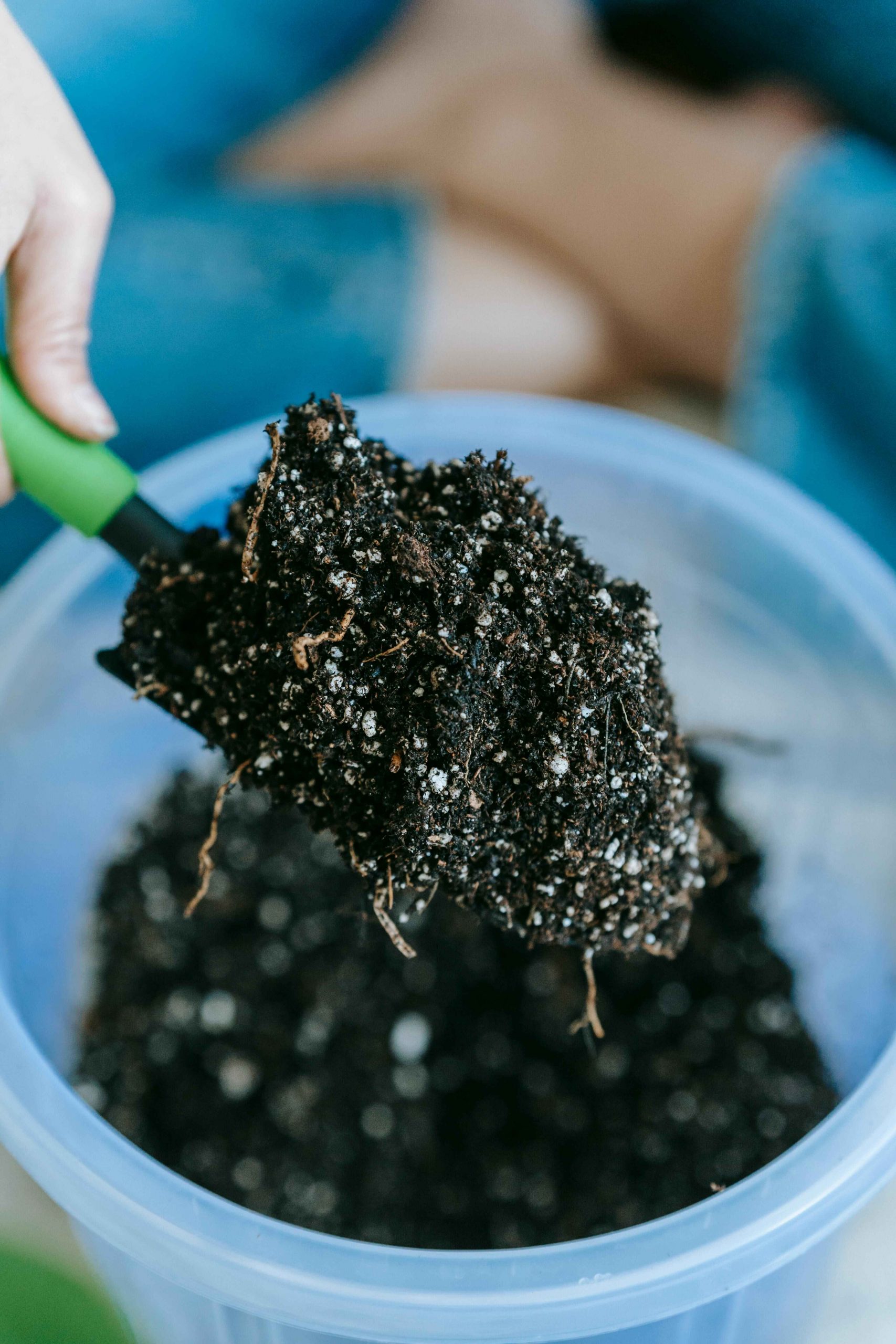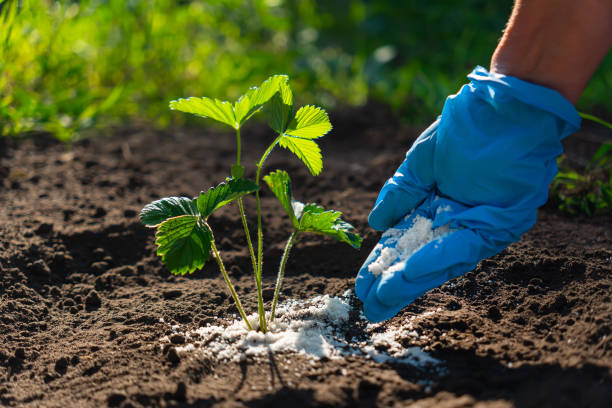Fertilisers are essential for crop development, but misuse can cause fertiliser burns, leading to substantial crop loss. This is why you should know what chemical burn from fertiliser looks like and what causes it, so you can avoid misapplications.
What causes fertiliser burn?
When it comes to feeding your plants, more may not be better. The amounts and concentrations included on fertiliser packets have been tested to ensure that plants can take up the nutrients and associated salts without harm. Increasing the amount of fertiliser will increase the risk of harm to your plants. Excessive use of fertiliser will contribute to your crops being damaged. Even if you use the correct dose of fertiliser, applying it to stressed plants is not a good idea.
Tips for avoiding fertiliser burn
- Paying attention to the packet: All fertiliser packages will list recommended doses on the label. Follow the instructions for mixing concentrates, application, and frequency of use.
- Opt for organic fertilisers: These types of fertilisers will provide a gradual, steady supply of nutrients over time, reducing the risk of fertiliser burn. Although they may not give instant results, they offer an effective and organic approach to your plant nutrition.
- Water before & after fertilising: You need to ensure your plants are well hydrated a day before fertilising them. You should keep watering for a few days after applying the fertiliser. This will prep the plant and soil, and help nutrients move around the plant to where they’re needed.
- Water the soil, not the leaves: It is best to water the soil around the roots of your plants. Spreading your fertiliser directly on the leaves risks leaving a salty residue, which will turn to fertiliser burn.
How to spot fertiliser burn?
Fertiliser burn might seem daunting, but armed with the right knowledge and knowing when to spot it will save your plants. These are the few symptoms to spot:
- Impaired growth
- Leaf curling and scorching
- Defoliation of your plants
- Root discolouration (from brown to black)
- Root rots
- Salt crust on the soil due to evaporation of fertilising solutions

Image Credit: Pexels
ALSO SEE: DIY FERTILISER MYTHS THAT AREN’T WORTH YOUR TIME
Feature Image: Pixabay

